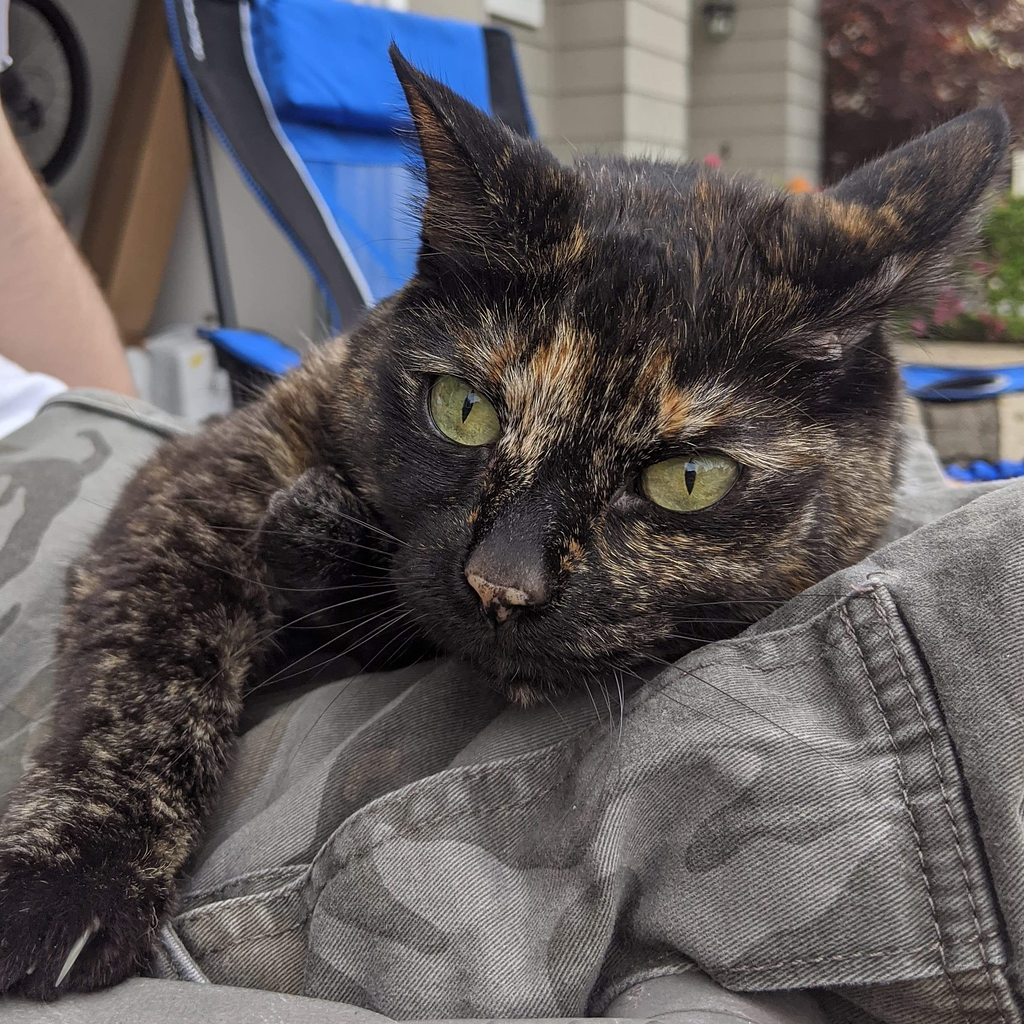

Those aren’t typically used to mask anything, or to let you increase the air quantity. They’re typically used to keep the product stable during freezing, otherwise it can either turn into a brick because they froze too solidly, or because all the air escaped during cold storage.
In terms of cost savings, it does let them shorten the time needed to let the mix sit before churning, but that’s just because it helps the fat globs come back together easier.
There’s nothing intrinsically wrong with using the gums. Xanthan is the only one really that isn’t available in an organic formulation, since they’re just bean powders mostly.
What’s the difference between using coconut oil or pectin like Hagan dazs does (a fat solid at higher temperatures that works as a stabilizer, and a fruit derived gelling agent) and using guar or locust bean gum? They’re all just plant powders and roughly equally processed.





What? No, I just like making ice cream and I research my hobbies. Why would you think I hate dairy?
Closest I get is thinking that it’s silly to insist that something like oat milk ice cream isn’t ice cream.